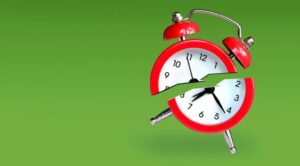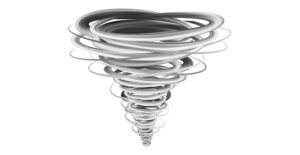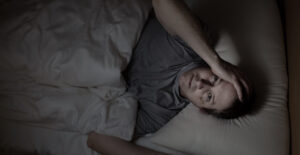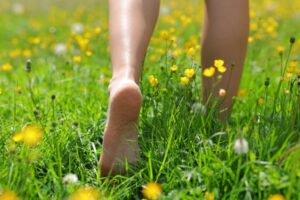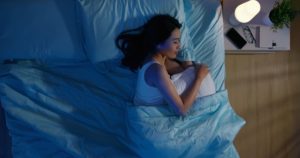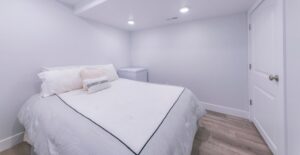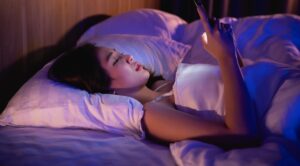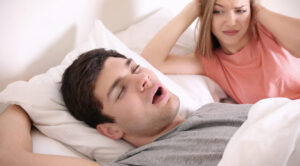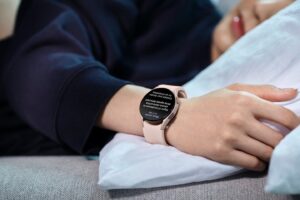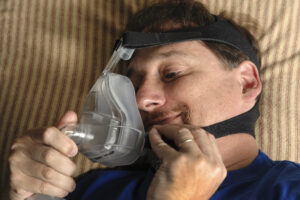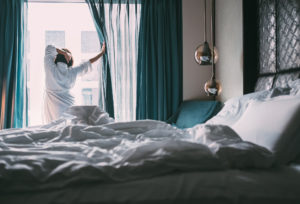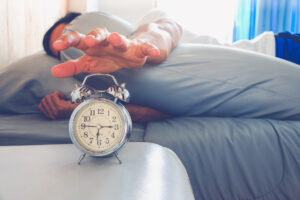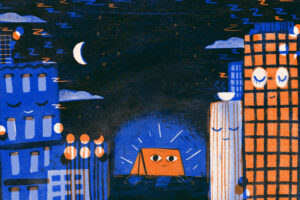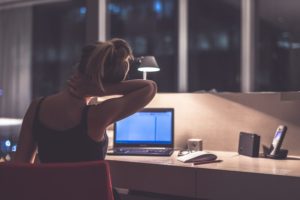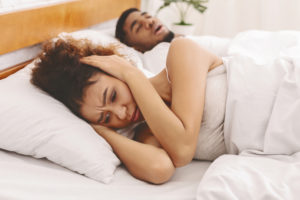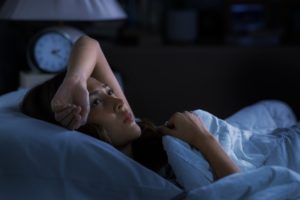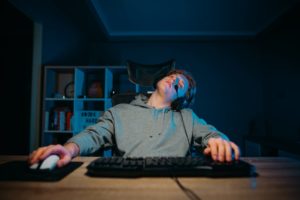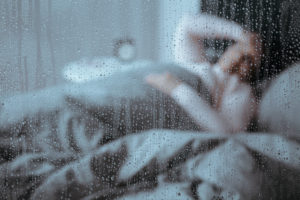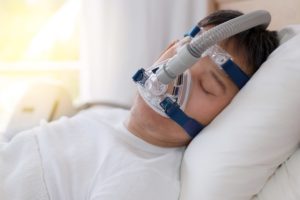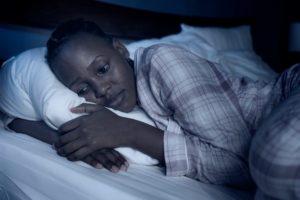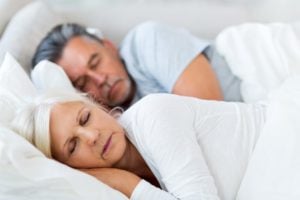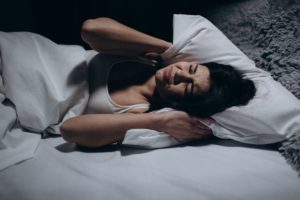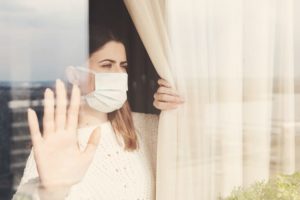Only Murders While You’re Sleeping: The Parasomnia Defense
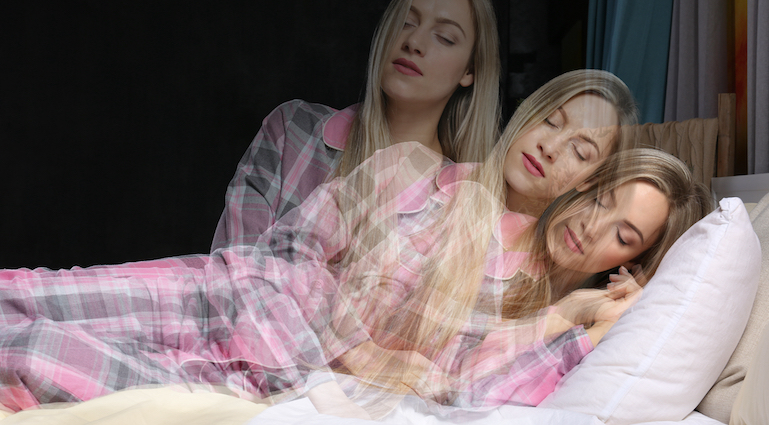
Randy Herman, Jr., Kenneth Parks, Scott Falater. Do these names sound familiar? If so, it may be because each of these men was charged with murder but claimed it was sleepwalking that was to blame. While these killings took place over the last few decades, they’ve received renewed attention through true crime coverage this past year.
True crime involving unusual behaviors or surprising criminal acts is one of the most popular genres in the United States. In surveys, around half of Americans say they enjoy this type of content, from TV and movies to books and podcasts.
But is violent sleepwalking a true crime? And can it form the basis of a valid legal defense? Yes, according to researchers who conducted reviews in May 2023 and early 2024. They found that though rare, homicides could be committed by a person who is sleepwalking.
Sleep forensics is where true crime meets sleep science by analyzing how sleep disorders affect criminality. For example, the “sleepwalking defense” or “parasomnia defense” is a legal argument that a person is not responsible for acts committed while still asleep.
Several recent studies have found the parasomnia defense to have been successfully employed to acquit defendants of violent acts, including homicide, physical assault, and sexual assault.
In most criminal trials, a guilty verdict requires proving that a person committed a voluntary act with intent or awareness of the consequences of their actions. These requirements are known by the Latin terms actus reus and mens rea. But certain sleep disorders can enable unconscious physical activity, eliminating knowledge or recognition of the behavior.
Parasomnias are a type of sleep disorder that involves unwanted behavior while asleep or transitioning in or out of sleep. Examples of parasomnias include sleepwalking, sleep talking, and sexsomnia. These behaviors occur when the brain isn’t completely awake or asleep.
Instead, some parts of the brain, such as those that control movement, can be in a wakeful state while other parts that control memory and consciousness remain in a state of sleep. In some cases, violent behavior during sleep happens while a person is trying to act out their dreams.
In the 2024 analysis of more than 30 reported homicides committed during sleep, researchers found several common patterns. For example, the murder weapon was often a gun or sharp object close to the bed, female family members were more likely to be victims, and most cases involved no effort to hide the violent act.
While legal cases involving parasomnias are uncommon, research has estimated that as many as 4% of adults have had a sleepwalking episode in the previous year. Another study found that 1.6% of people over age 15 have engaged in violent acts during sleep. However, this may be a low estimate since people would be reluctant to report this behavior.
Nevertheless, experts in sleep forensics note that many defendants who try to use the parasomnia defense don’t have convincing signs of a sleep disorder. In addition, verdicts in homicide cases have been mixed, reflecting that this defense may not persuade some juries.
It remains to be seen whether the parasomnia defense will become more common in courtrooms. But don’t be surprised when it shows up on your favorite true crime series or podcast.
Got a hot tip? Pitch us your story idea, share your expertise with SleepFoundation.org, or let us know about your sleep experiences right here.
References
9 Sources
-
Orth, T. (2022, September 14). Half of Americans enjoy true crime, and more agree it helps solve cold cases. YouGov., Retrieved February 11, 2024, from
https://today.yougov.com/entertainment/articles/43762-half-of-americans-enjoy-true-crime-yougov-poll -
Castelnovo, A., Schraemil, M., Schenck, C., & Manconi, M. (in press). The parasomnia defense in sleep-related homicide: A systematic review and a critical analysis of the medical literature. Sleep Medicine Reviews.
https://www.sciencedirect.com/science/article/abs/pii/S1087079224000029 -
Castelnovo, A., Schraemil, M., Schenck, C., & Manconi, M. (2023). Parasomnia-related homicides: A systematic review and a critical analysis of the medical literature. Sleep, 46 (Supplement 1), A308.
https://academic.oup.com/sleep/article/46/Supplement_1/A308/7182409 -
Cramer Bornemann, M. A., Schenck, C. H., & Mahowald, M. W. (2019). A review of sleep-related violence: The demographics of sleep forensics referrals to a single center. Chest, 155(5), 1059–1066.
https://pubmed.ncbi.nlm.nih.gov/30472024/ -
Rumbold, J., Morrison, I., & Riha, R. (2016). Criminal law and parasomnias: Some legal clarifications. Journal of Clinical Sleep Medicine, 12(8), 1197–1198.
https://pubmed.ncbi.nlm.nih.gov/27397655/ -
Legal Information Institute. (2022, June). Actus reus. Cornell Law School., Retrieved February 11, 2024, from
https://www.law.cornell.edu/wex/actus_reus -
Legal Information Institute. (2023, July). Mens rea. Cornell Law School., Retrieved February 11, 2024, from
https://www.law.cornell.edu/wex/mens_rea -
American Academy of Sleep Medicine. (2014). International Classification of Sleep Disorders, Third Edition., Retrieved February 11, 2024, from
https://aasm.org -
Ohayon, M. M., & Schenck, C. H. (2010). Violent behavior during sleep: Prevalence, comorbidity and consequences. Sleep Medicine, 11(9), 941–946.
https://pubmed.ncbi.nlm.nih.gov/20817553/

